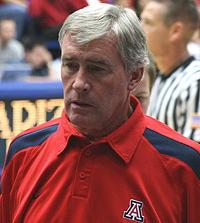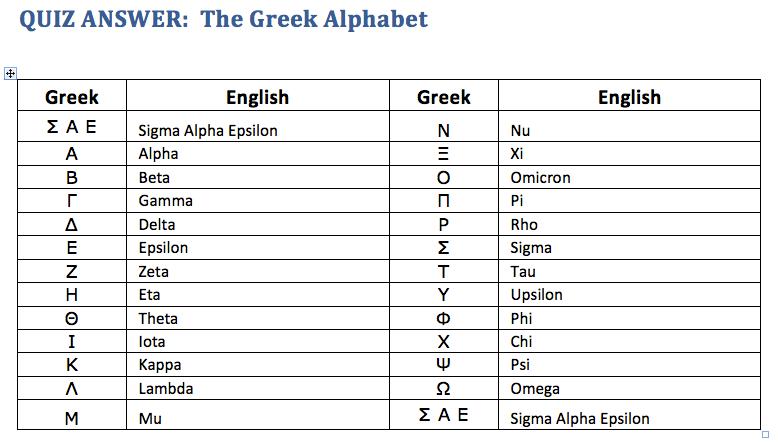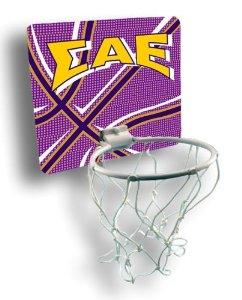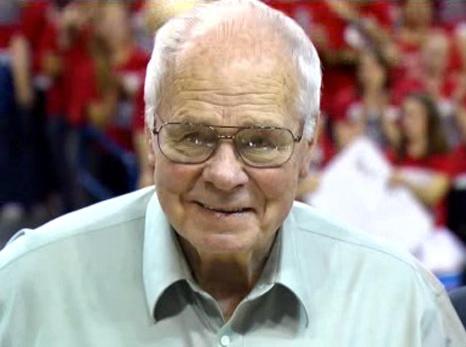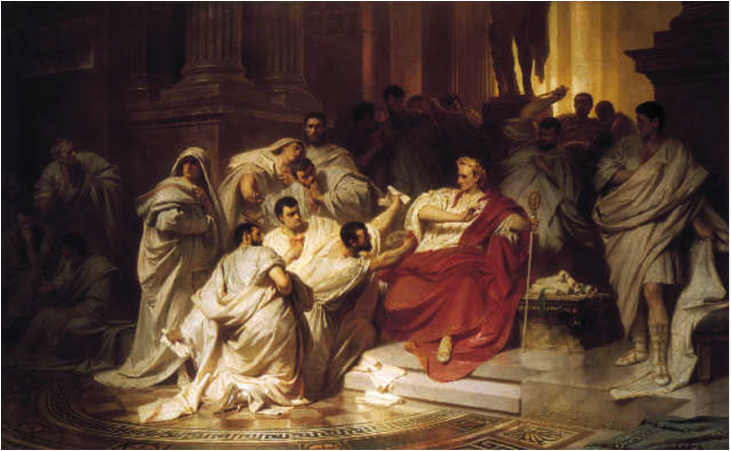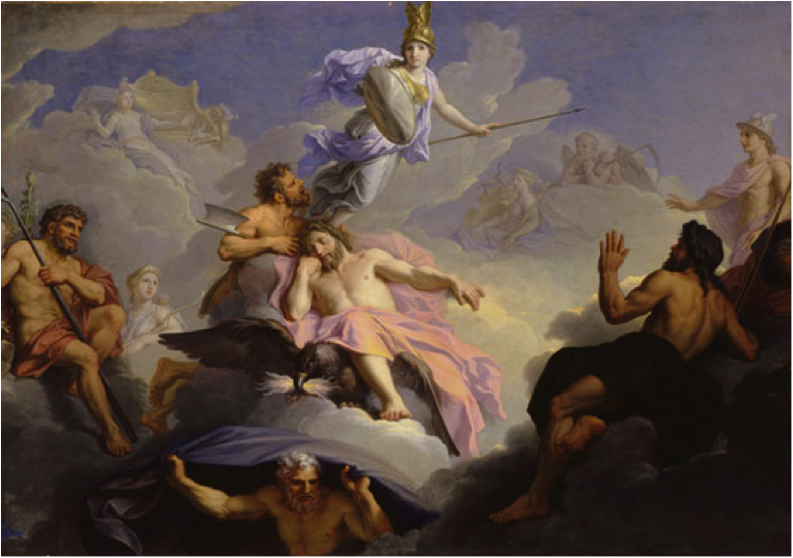
Latest SAE ruling an opportunity for Iowa Beta chapter to assume a national leadership role
Iowa Beta Alumni President Marc Rosenow (IABE ’86) said that the recent decision of the Supreme Council of Sigma Alpha Epsilon to eliminate the concept of pledgeship provides the Hawkeye chapter an opportunity to lead the way when it returns to campus.
“Unfortunately, on too many college campuses the ideals of the pledge program fell short.Something had to be done,” Rosenow said. “While change is never easy, starting over as a Phoenix Colony provides Iowa Beta the opportunity to show everyone in the country that there is a more true way for fraternal life.”
Much like becoming engaged prior to marriage, pledgeship was designed to be a period of time where members could learn and grow together in the relationship prior to a lifelong commitment to brotherhood. Sadly, in too many cases, the implementation did not meet the ideal and the national fraternity felt it was time for a change.

According to Bloomberg News, since 2005 there have been 60 fraternity deaths at college campuses around the country as a result of hazing, drugs or alcohol-related activities. The report also states that since 2006, 10 of those deaths have been linked to members of Sigma Alpha Epsilon.
“The safety of our members is our primary concern,” said Rosenow “The fraternity experience should transform lives and inspire leaders – not put people at risk. The decision by the Supreme Council eliminates a second-class status between members, minimizes the potential for hazing, and creates a shared environment for the development of True Gentlemen.”
The Supreme Council unanimously voted to eliminate the concept of pledgeship.From now on men who receive a bid to join the fraternity must complete a certification program and will become fully initiated into the fraternity within 96 hours after bid acceptance.The Formal Pledging ceremony has also been discontinued. The Initiation ceremony remains unchanged.
The change is designed to treat all members of the fraternity equally from the moment they join and promote continuous learning while reducing hazing.
Pledging a fraternity in the currently understood sense entered SAE’s culture soon after World War II. Although there have always been new members joining the fraternity, the concept of a second-tier status with a defined period of time prior to initiation into full membership was never part of the vision of Noble Leslie DeVotie and the other Founding Founders. Thus, this change simply returns the fraternity to its roots.
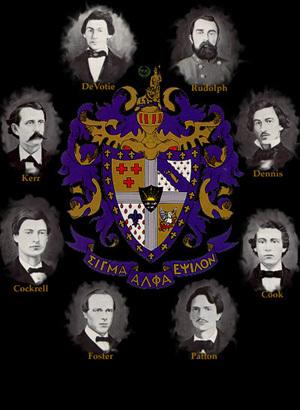
Effective March 9, 2014, the new True Gentleman Experience program now provides training and development to all collegiate members during the course of his collegiate life.
According to the SAE, “Under this program, chapters and colonies may continue to recruit prospective members as they do currently. When they extend a bid, the college man who accepts the invitation will become a collegiate member. He will be required to accept our Scope of Association Agreement and complete the Carson Starkey Membership Certification Program.
“Furthermore, every member will be expected to meet our membership requirements and expectations and, should he fail to do so, our Fraternity Laws provide the means to suspend or remove his membership.”
The word “hazing” typically conjures up images of extreme actions of physical abuse or mental distress. However, this is not necessarily the case. The definition of hazing is much broader. Under today's definition, hazing can take many different forms and does not need to be extreme in nature at all.
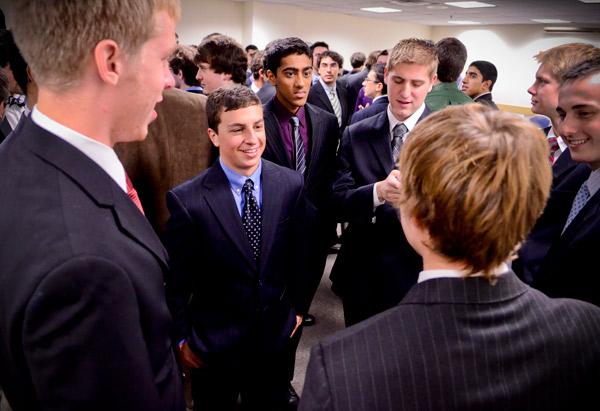
Today, any situation involving second-class of members being singled out or embarrassed or feeling pressured in any way is viewed as hazing. This includes activities where “pledges” are asked to perform duties that are not required of “active” members. Sigma Alpha Epsilon has a zero tolerance policy for any form of hazing, whether extreme or not, and whether the affected members were willing participants in the event or not.
“The decision to eliminate pledging is a transformational change in how the fraternity operates,” Rosenow said. “First and foremost, we must protect our members and in today’s litigious society, we also need to protect the future of SAE.”
To find out more about the Supreme Council's ruling, please click this link:
http://www.sae.net/home/pages/news/news---news-from-hq---historic-change-on-founders-day
Rosborough attributes a lot of his success to his Iowa SAE days
Jim Rosborough (IABE ’66) will be the first one to admit that he was a little rough around the edges when he set foot on the University of Iowa campus as a freshman basketball player in 1962. He credits his brothers from Sigma Alpha Epsilon for helping him become more refined and hone his skills of sophistication.
“I really liked my fraternity experience," he said. "I came from a moderate-sized community in Moline (Ill.) I am not sure I even knew how to tie a tie when I got on campus. But here come all these Des Moines guys who were very sophisticated.”
Among other things, becoming a True Gentleman requires one to dress appropriately. His Iowa Beta brothers educated him on how to do so.
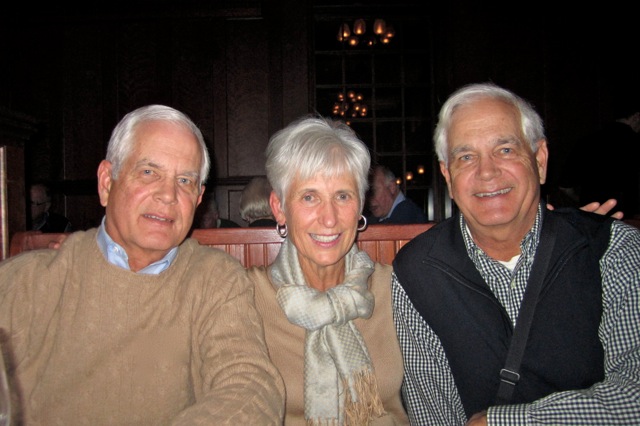
“The guys taught me to get all-cotton shirts at Redwood and Ross as compared to this other crap being sold,” Rosborough said. “I grew a lot in the SAE house.”
Some of the young men he is referring to were Bob Fanter (IABE ’66), Bill Fanter (IABE ’66), Jay Orr (IABE ’66), and Chris Cormany (IABE ’66). They all lived in Hillcrest.
“In the dorm, I lived with Jay Orr from Des Moines, who was a basketball teammate,” Rosborough said. “When Orr pledged SAE and these other guys pledged, I followed suit and pledged in the fall.”
Rosborough, the Fanters, Orr and Cormany were among those SAE brothers initiated into the fraternity on March10, 1963.Rosborough received badge number 116926.
Like many young boys growing up in the Midwest, Rosborough spent a lot of his free time “tickling the twine” on outdoor basketball courts in the heat of summer and living as a gym rat in the winter. It paid off as he earned all-state honors as a forward in high school.
Rosborough’s father is a faithful Illinois graduate. The head basketball coach at Iowa when Jim was a high school senior was Sharm Sherman, who was from Rock Island. Both families knew each other and Sherman convinced Rosborough to attend the University of Iowa, where he graduated with a political science degree in 1966.
“I liked Iowa City and my father told me a couple of things when I was young, which I never listened to,” Rosborough said. “He said, ‘Jim, for sure what you never want to do is go to the University of Iowa and two … never become a coach.’ That was his advice.”
Rosborough was on the Hawkeye basketball team all four years as a reserve.
In 1970, Rosborough earned a teaching degree from Loyola University Chicago and took a basketball coaching job at Corkey junior high school, on Chicago’s west side.
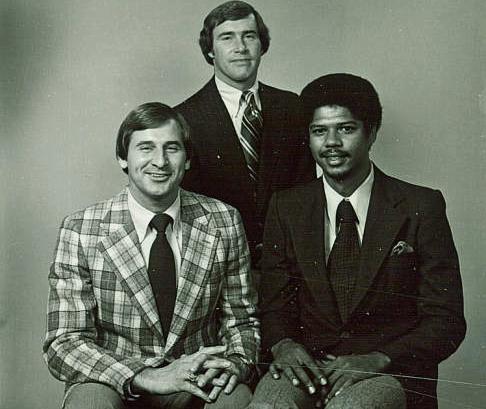
Meanwhile, Lute Olson assumed the head coaching position at the University of Iowa in 1974. Olson was looking for an assistant coach with strong ties to Chicago, which was the mecca of basketball recruitment. Although he did not yet coach at the collegiate level, Rosborough was the ideal man for the job.
"I knew the city," Rosborough says."I knew the kids.And that was very good for recruiting."
When Olson left for the University of Arizona in 1983, Rosborough did not follow immediately. He stayed in Iowa City for two years and worked for athletic director Bump Elliott. He then went to coach a year at Tulsa with J.D. Barnett and then served as head basketball coach at Northern Illinois for three years.
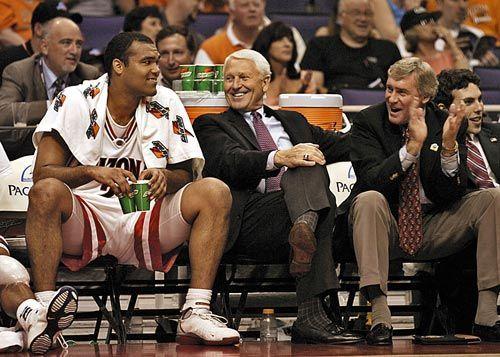
In 1989, Rosborough reunited with Olson at Arizona. They worked together for 18 years. After his second stint with Olson, Rosborough worked as a Wildcats fundraiser for two years and then served one year as head basketball coach at Pima Community College in Tucson.
Rosborough is technically retired but he now is in his fourth year as a volunteer coach with the Arizona women’s tennis program. The first two years with the program the team went to the NCAA tournament.
Rosborough and his wife, Kim, get back to Iowa City about twice a year. Kim has family there and they vacation in Michigan so they drive through the town.
“I stay in touch with a lot of people in Iowa City,” he said. “I love Hayden Fry and what Kirk Ferentz is doing too.”
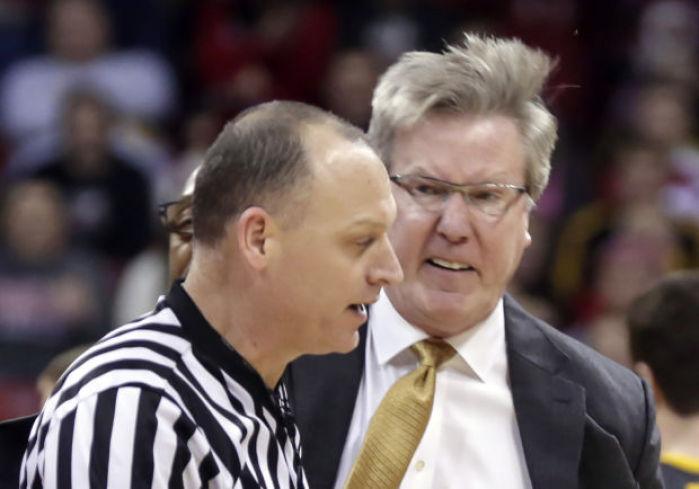
Rosborough said he has been keeping up with the Hawkeye basketball team and overall likes what he sees. He spoke about Iowa head basketball coach Fran McCaffrey, who drew a one-game suspension and cost the university a $10,000 fine in January after he melted down with a tirade in a game at Wisconsin. He was ejected and the Hawkeyes had to watch as Wisconsin connected on all four three throws to give the Badgers a lead they would not relinquish.
“You have to understand that sometimes a coach has to prove to his players that he is sticking up for them,” Rosborough said. “That incident may be a little over the top but boy I will tell ya, I like his enthusiasm. So there is no way I can criticize that.”
Rosborough said McCaffrey has done a good job getting the Iowa program back on the map.
“I have met Fran a time or two and he has always been known as kind of a fiery guy and he hired a heck of an assistant in Kirk Speraw, (who was a walk-on during the Olson years),” Rosborough said. “Fran has done a nice job recruiting and has put together a good blend of guys. I personally love Fran’s fire and enthusiasm on the sideline. He has to get these kids and the fans excited and hungry to win. This is filling up the arena again and its great for the community. I think he has done a heck of a job.”
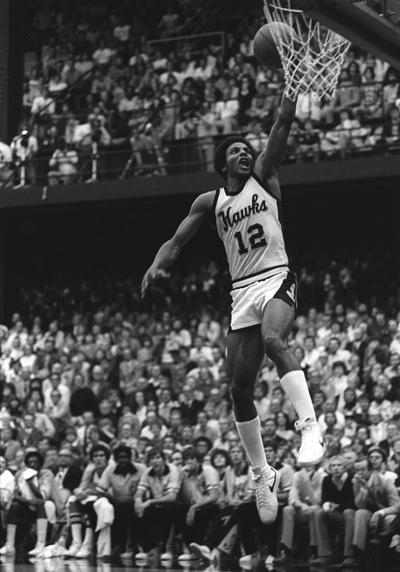
One of his best memories as a Hawkeye coach was Iowa’s run to the Final Four in 1980 with Ronnie Lester, Kenny Arnold, Steve Krafcisin, Kevin Boyle, Mark Gannon, Steve Waite, Bobby Hansen and Vince Brookins.
“That was a terrific experience,” Rosborough said. “The night we cameback from the tournament, the wresting team has just won the national championship and there was (head coach) Dan Gable and the Banach brothers (Ed and Lou). We all kind of got there at the same time and the Field House was filled with excited fans and friends. Talk about a great sports thrill! It was fantastic.”
Throughout all the years, Rosborough has maintained friendships with his SAE pals.
Cormany and Rosborough served as each other’s best man in their weddings. Rosborough has also stayed close with the Fanter brothers as well as Dr. Jack Swanson(IABE ’66) in Ames, Iowa.
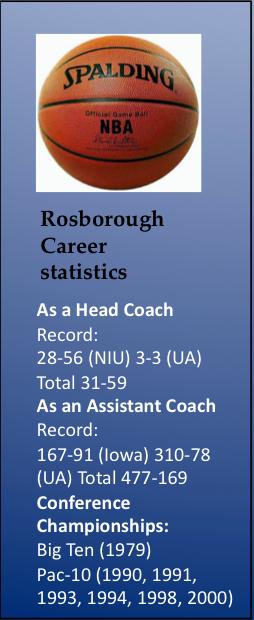
When he was getting his education with these men, he had to balance his school, basketball and SAE life.
“Even though I was not a starter, basketball was pretty important,” Rosborough said. “I had to go to training and practices. But the late Steve Mashek (IABE ’65), whom we all sorely miss, once told me that I may have been the worst pledge in the history of the house. Part of that was he was messing with my mind but it was probably true, too. I loved the guys in the house and the social life but I had to spend a lot of time with the basketball program.
“I am not embarrassed to tell anybody that I went to all my classes, took notes like crazy but I was not the world’s greatest studier. I was a political science major and I did get out in four years. I liked school, I just was not a real good student. And if there was something going on at the house or some kind of function, you could count on me being there. Looking back, I probably could have spent more time with the books but I was able to balance it all and I think I ended up being a pretty good fraternity guy.”
History and tradition is why SAE uses the Greek alphabet

Phi Beta Kappa is the oldest Greek letter society in the U.S.It was founded at a time of great consternation in the country as family and friends took sides – often against each other – whether to fight for American Independence from Great Britain or remain loyal to the Crown.
The Revolutionary War was well underway when, in December 1776, five students at the College of William and Mary in Williamsburg, Virginia, founded a student organization devoted to the pursuit of liberal arts education and intellectual fellowship.It was to be more erious minded than the two Latin letter student organizations already on campus at the time.They chose the Greek letters Phi Beta Kappa for the name of their organization, which comes from their motto:“Love of learning is the guide of life.”
They wanted the freedom to deliberate and debate the issues of the day without fear of reprisal.They became a secret society, in part, for the protection of its members.They are credited with being the first college fraternity to use Greek letters and to develop an oath of secrecy, key or badge, and handshake.They were also among the first student organizations to establish chapters at other colleges.
Their model was different from most fraternities today; restricting membership to upperclassmen and those men would usually become faculty members at the university who remained active members of the organization.
Meanwhile, the Union Triad, consisting of Kappa Alpha Society (not to be confused with Kappa Alpha Order in the South), Sigma Phi Society, and Delta Phi at Union College in Schenectady, New York, founded in the 1820s, is often considered to be the founder of the modern fraternity structure.
Over time Phi Beta Kappa dropped the secrecy requirement and the organization transformed from a social fraternity into an honor society. Today, it is the oldest academic honor society for liberal arts and sciences in the United States.
Did you know?
Sigma Alpha Epsilon has several members who played and/or coached in the National Basketball Association. These gentlemen include:
Phil Jackson (North Dakota ’67), played with the New York Nicks and New Jersey Nets; won 11 NBA championships as coach of the Chicago Bulls and the LA Lakers.
Mike Gminski (Duke University ’80), played with the New Jersey Nets, the Philadelphia 76ers, the Charlotte Hornets, and the Milwaukee Bucks.
Peter "Pistol Pete" Maravich (LSU ’70), is one of the greatest offensive collegiate basketball players of all time. He played in the NBA with Atlanta Hawks, New Orleans/Utah Jazz, and the Boston Celtics.
Jud Heathcote (Washington State University ’49), former Michigan State University head basketball coach; coached Magic Johnson in the 1979 NCAA Championship season.
Terry Dischinger (Purdue ’62), 1960 Olympics gold medal basketball team member; played with the Chicago Zephyrs, the Baltimore Bullets, and the Detroit Pistons.
Kevin Grevey (Kentucky ’75), played with the Washington Bullets and the Milwaukee Bucks. He is a color commentator on Westwood Oneradio.
Jon McGlocklin (Indiana ’65), played with the Cincinnati Royals, the San Diego Rockets, and the Milwaukee Bucks.
Jack Twyman (Cincinnati ’55), played with the Cincinnati Royals and became a sports broadcaster.
Dick Van Arsdale (Indiana ’65), played with the New York Knickerbockers and the Phoenix Suns; subsequently coached the Suns.
Tom Van Arsdale (Indiana ’65), holds the NBA record for the most career games played without a playoff appearance, played with the Detroit Pistons, the Cincinnati Royals, the Kansas City-Omaha Kings, the Philadelphia 76ers, the Atlanta Hawks, and the Phoenix Suns.
Did you know?
The Ides of March is the date on the ancient Roman calendar that corresponds to March 15.
It was an important day of religious celebrations and festivals that capped a fifteen-day period celebrating their new year. However, the Ides of March is perhaps most famous as the day that Julius Caesar was assassinated in the year 44 BC. Hence the Shakespearean quote: “Beware the Ides of March!”
The 15th of each month was sacred to the god Jupiter, who was the Roman form of the Greek god Zeus. Just as Zeus was the father of the Greek goddess Athena, so Jupiter was the father of Minerva. Minerva is the virgin goddess of wisdom and the patroness of music, poetry, medicine, magic, commerce and defensive battle.
Minerva was born fully grown and dressed in armor from the godhead of Jupiter. The Roman Captoline Triad of supreme gods included Minerva, her father Jupiter, and her mother, Juno.
Minerva is the patron goddess of Sigma Alpha Epsilon.
How are we doing?
The Iowa Beta Alumni Association and the house corporation have been working very hard to keep proud of Iowa Beta and help you connect with the brothers in your fraternity.
We would like to hear from you. What do you think of Association's progress so far? What can it do better? Are you satisfied with the frequency and content of communications? We are here to serve you.
Please send your comments and suggestions to:
marc.rosenow@iowabetasae.org.
